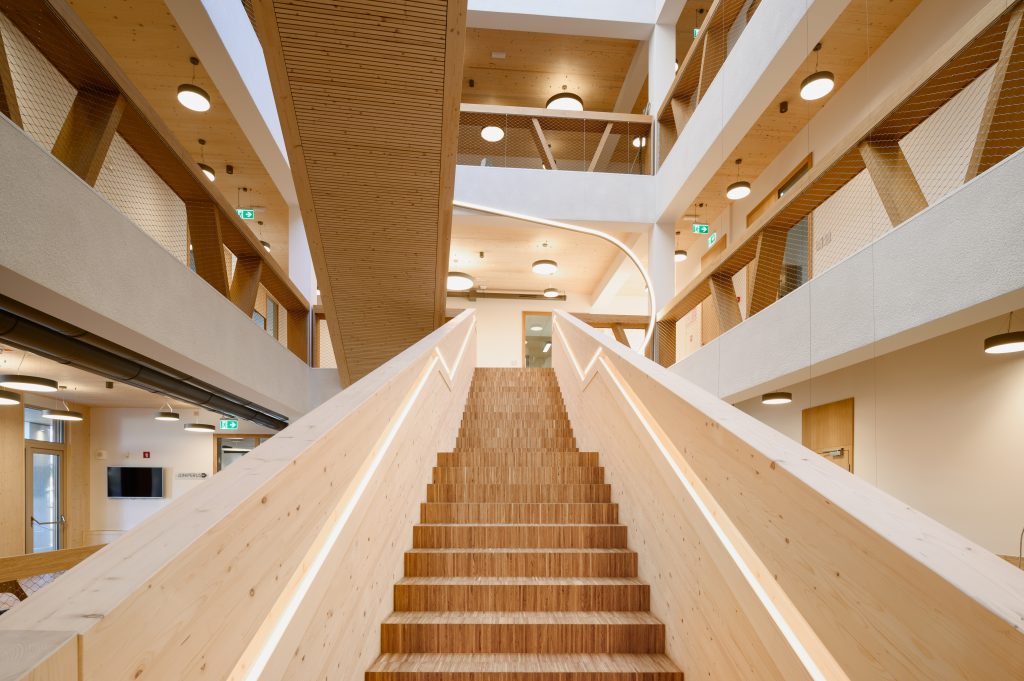
January 7, 2026

Julian Anderson, Bates Smart
I am a director at the Australian architectural practice, Bates Smart. We are architects and interior designers with approximately 350 staff across Melbourne, Sydney and Brisbane. I was the project director on our 55 Southbank Boulevard timber hotel, a ten-level cross-laminated timber (CLT) extension to an existing eight-storey commercial office building, completed in 2020. Bates Smart is also responsible for 25 King Street, a CLT and glulam office building in Brisbane that is one of the world’s largest timber office buildings. It was completed in 2018.
Travelling as a young person through Europe and, particularly, Egypt. My family and I visited Egypt many times when I was young, and I was fascinated with the scale and grandeur of the buildings that the Ancient Egyptians had produced as well as the age and timelessness of these buildings. As I grew older, I continued to appreciate the importance of the built environment and saw it as a way of not only influencing but also improving the way we live our lives. I have also been fortunate to grow up in the city of Melbourne, which for a very long period has been regarded as one of the world’s most liveable cities. This made me very aware of the importance of urban and building design and contributed to my decision to study architecture. I believe that using timber as a building material is key to the long-term success, viability and liveability of our cities.
COVID-19 has accelerated the adoption of more sustainable building practices. No longer is sustainability just one of the many considerations in the design and delivery of buildings. It is now the top issue, or certainly one of the most important issues, in all our built projects. More of our clients are talking to us about how to make their buildings more sustainable, including through reductions in embodied energy and ongoing energy usage and the provision of greater amounts of fresh air, access to outdoor space, considerations of biophilia and the increased use of bio-based materials.
I would recommend learning as much as possible about the positive benefits of timber construction and the challenges that we face. In Australia, the approval process is very complicated when proposing the use of timber as a structural material. This has made a number of our clients nervous about their ability to deliver CLT or glulam structures of scale. Young professionals should educate themselves on the potential of these materials and contribute to the education of our clients where they can. We need to create pathways for our clients and their developments that reduce the risk of failure due to lack of compliance and contribute to the successful completion and delivery of these projects. There is a great interest in Australia in timber-based projects and a greater eagerness to learn from the progress that has been made, particularly in Europe in this area.
I’ve seen the recent completion of the Mjostarnet timber tower on Lake Mjosa in Norway and have been fascinated by the scale of this project. It is the world’s tallest timber tower at 18 floors and approximately 85 metres. It contains a hotel, apartments and office space. The timber in this building has sequestered about 2,500 tonnes of carbon dioxide from the atmosphere and represents a change in the way we can start to think about timber and tall buildings. What interests me, though, is not only its environmental sustainability but also the physical benefits of creating interior environments that contribute to greater well-being and a connection to nature. That is achieved through the exposed timber and is centred on the biophilia concept. It leads to improved productivity, lower blood pressure and a sense of wellness.